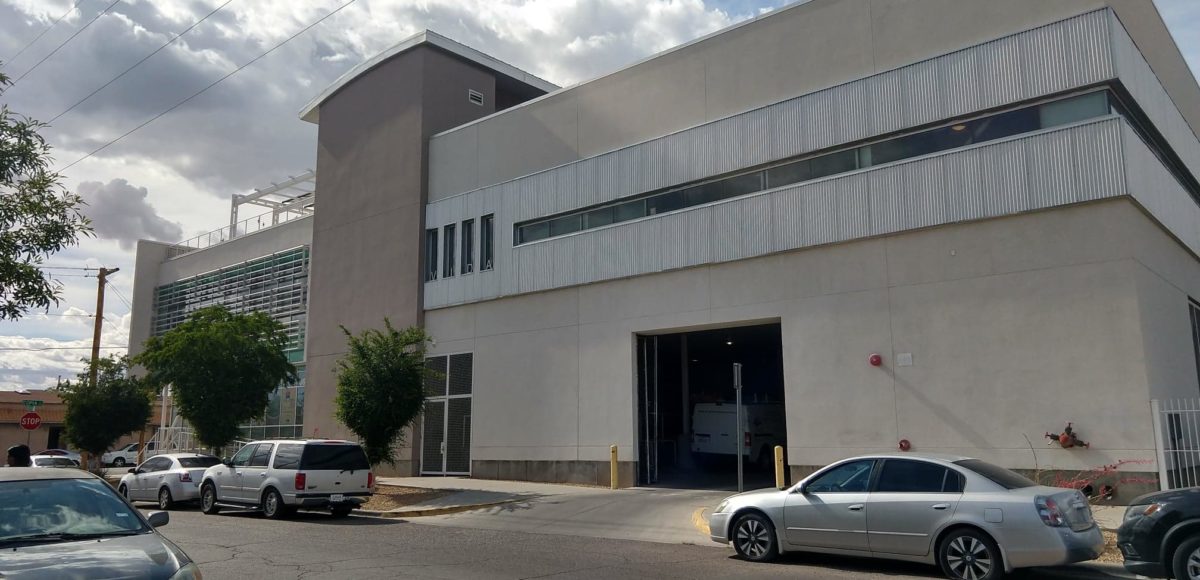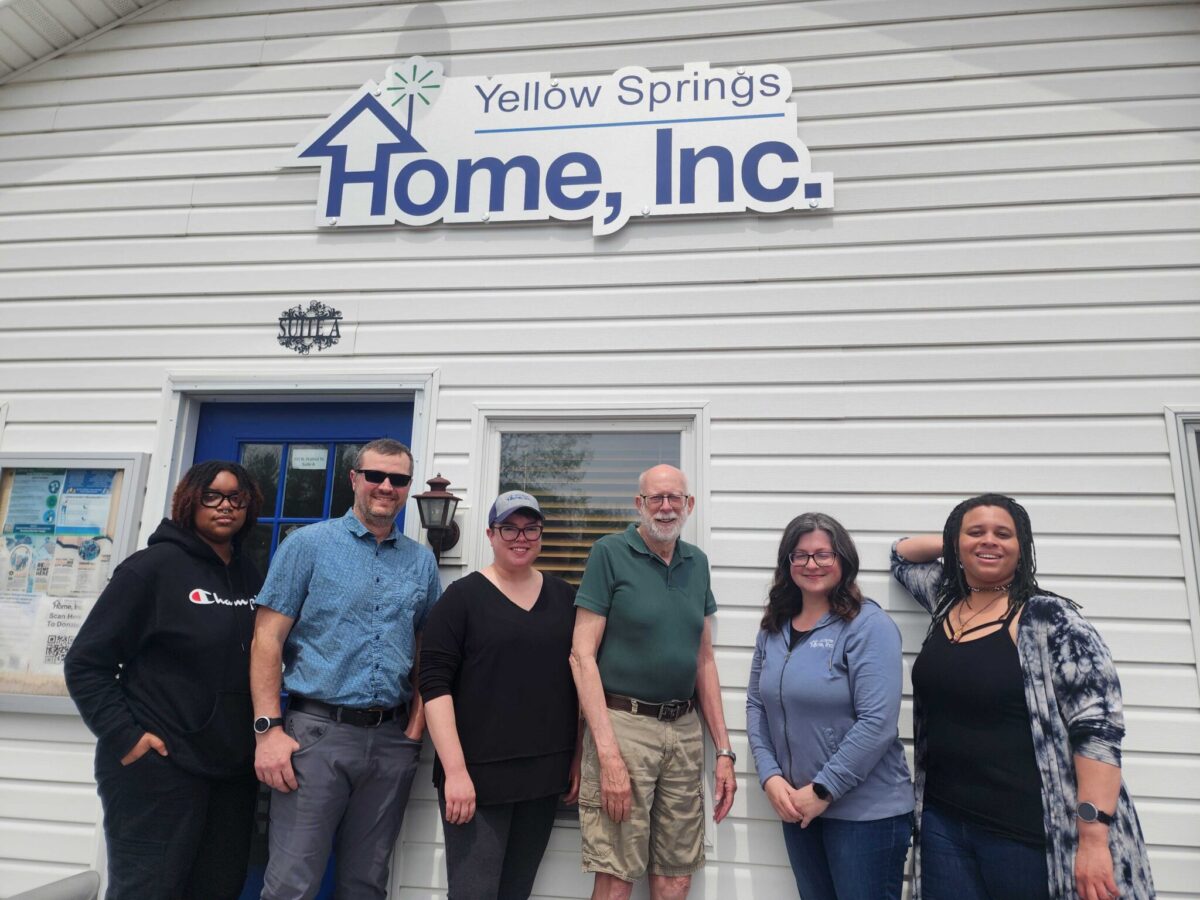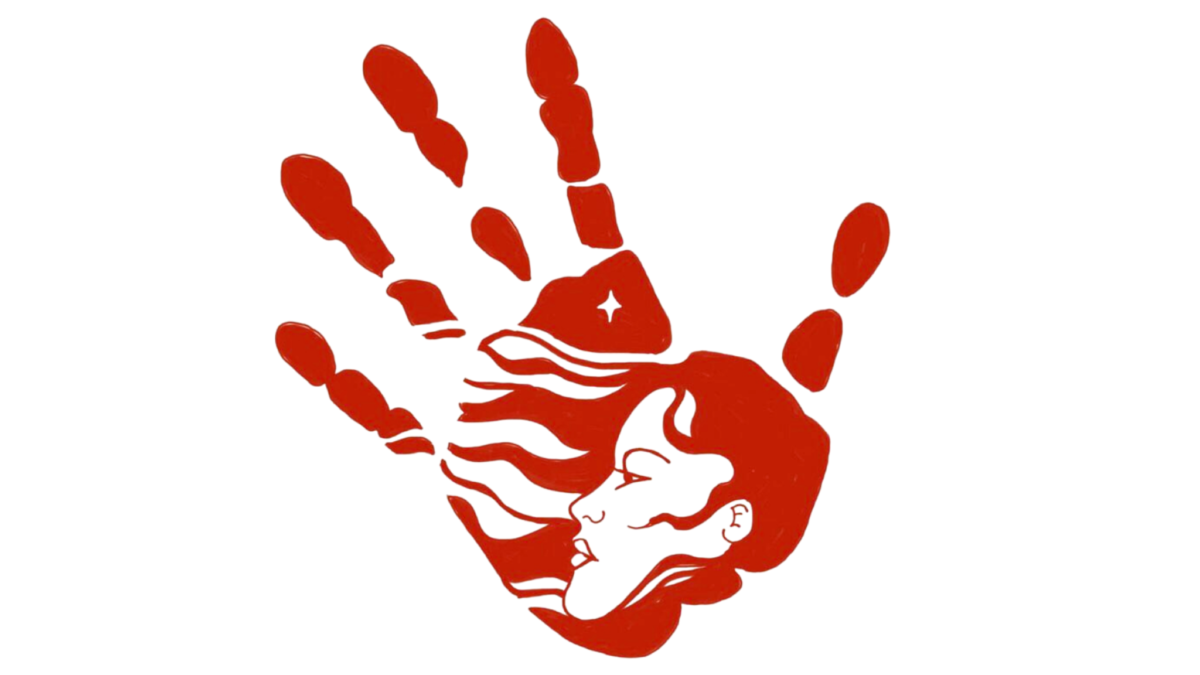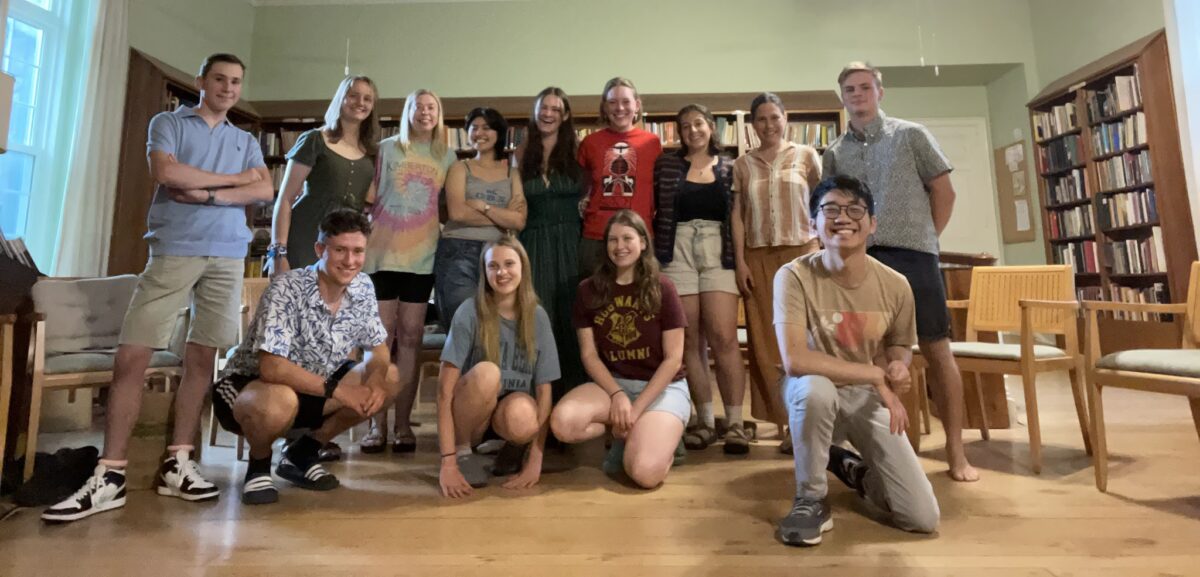You’re getting an intern. He is a student of anthropology and something else in Ohio–he can probably do some work in social media or something. And he may or may not know any Spanish.
When I first heard about my current position, I could have never predicted how fitting it would be for me. What brought me here was one of my closest friends on campus, who comes from an entire family of social organizers, so when she told me her grandparents ran a non-profit health center out of El Paso, it was not much of a surprise. A few months later, I actually got to meet these grandparents, and as they learned more about Antioch from me and my peers, I got to learn some more about the organization they run, Project Vida. When it became time to apply for co-op a few weeks later, I expressed some interest in working for her grandparents. I hadn’t known a ton about the organization, but I knew for the first co-op I wanted to do something in non-profit work or in activism, and that I wanted to get as far out of rural Ohio as possible. My friend loved the idea of me working for her family, and soon after she saw them for Thanksgiving, her grandfather, the CEO, read my resume and exchanged a few calls with my advisor about what would be necessary to host a co-op, and I was offered a position that pretty much met my entire checklist for my freshman year experience: something different, somewhere different, doing community-based work with enough job and income security to not scare my mother.
I had never been to Texas, and I was curious to see for myself how a border town would reflect the content I was learning in my anthropology and history classwork, so it didn’t take too long to commit. What was missing from my check-list and prerequisites, however, was what my day-to-day work would be. I had thought about the where, when, and for-who aspects, but I was so excited to fulfill those that the going-to-be-doing-what part had escaped me. When I started my first day, I realized my now-supervisors weren’t sure either. See, this application/hiring process had taught me a lot about the informal world of occupational networking. I had seen how meeting the right person led me to an amazing opportunity, but I hadn’t considered the fact that on the day-to-day I would rarely even see the CEO, my initial connection to the organization, let alone be able to rely on him to figure out what I would be doing once there. It seemed that the only real warning my supervisors had received is: you’re getting an intern, he is a student of anthropology and something else in Ohio, he can probably do some work in social media or something, and he may or may not know any Spanish.
A few weeks before I left for Texas was the only time I communicated with my supervisor and department head before starting the job. Over a phone call, they had tried to hide their hesitation, and their confusion, as I was the first intern for the organization in over a thirty-year history until someone had asked, “So, what do you do?” It ended up becoming sort of a post-hiring job interview. There were a few things outlined that they could use some more hands that were based around projects in their social media task force that did not officially even start until the week after they were told about an impending social media intern. I knew I was entering into an underdeveloped social media program made up of people who had many other job responsibilities on their plate, and that in the three and a half months between that phone call and my start-date, they’d try to find something fulfilling for me to work on. Looking back, I could have been a little more concerned, but at the time I just immensely respected the earnest nature of my future boss and was super stoked to drive from Baltimore, Maryland, the area of my family home, to El Paso, Texas. I finished my term, went home for a week or so, and then started my thirty-three-hour first-day commute in my dad’s former 2004 Saab, which was stuffed with most of my possessions in it, to an apartment I had found on the internet. I moved in at seven p.m. on a Sunday, and started at eight a.m. the next morning.
The first sign that I was entering into an amazing organization was when I was walking from the entrance of the building to the orientation room. The organization, as well as the services provided and people served, is constantly growing, but Project Vida still has the culture of a smaller, people-centered organization. People didn’t recognize me but were aware that a new group of employees, five including myself, were starting that day, so everyone I passed stopped to make sure I knew where I was going and to introduce themselves. Even as an intern, I was expected to go through the same orientation as new employees, and I was going to be treated with the autonomy of an employee. At Project Vida, some core tenets really affect the way people work. They stress the importance of wellness, so a large part of the orientation was talking about personal wellness and how to seek it out. I really think within this experience I have already created healthy habits for myself that will enhance my health and productivity even past this term. Project Vida also encourages people to take responsibility for their wellbeing. When talking about tools to interact with the community and about how the departments of the health center function, the overlapping theme was that, to create sustainable change within the community, we must trust individuals to be able to help themselves while providing accessible resources and advocating for them to make doing so possible. They also provided us a tour of every single facility of the health center network, despite the fact that no one in the group would be working primarily in a clinic, in order to present the information on our services and programs in different ways to ensure it was understood and remembered. The organization values knowledge as a key tool for empowerment and autonomy; in order to help the community, it is important to know as much as possible.
It wasn’t until the last day of my orientation that I sat down with my supervisor and another program coordinator to talk about what they hoped for me to work on during my term there. It started with two main areas, social media logistics and a website audit. For social media, up to this point, I have written an official procedure set for the new social media task force based on what was happening currently, what my supervisor thought needed to happen, and what the members of the task force had to say. I did research on the best practices of nonprofit and health center social media departments and created a set of question that was discussed in a meeting with the whole task force. I then took these, and a few extra notes, and started creating the procedures to help keep the task force organized, keep the protection of our clients, prepare for the expansion of platforms and channels, and to accommodate for the role of social media within health privacy standards. Very early on, I noticed that, although there was a ton of good content and that people did want to create an official system, everyone was so busy with the rest of their jobs that some of the smaller things tended to have to take the backseat. My goal then quickly became to create a complete system that was easy and consistent to maintain, so that the focus of the task force could be on creating amazing content, and the organizational tasks could be done quickly and efficiently, and significantly more hands-off than they were before. This meant creating a written process, templates, and guides to address every possible situation. For example, although they had already started to track some statistics around followings for each social media channel, I used the metrics they used within that, as well as adding some qualitative evaluations to more resemble other evaluations used by Project Vida, to create a template for the monthly reports. One thing I also stressed within the report, which will be good when the task force expands or has new people, is a section just to reflect on the logistics of the task force. Of course, the number of followers and the most-liked post are indicators that are good to track month to month, but if a group isn’t running efficiently, it will also impact achieving the overall objectives. I’ve also created an outcry procedure, specifically related to social media, a system for other departments to request platform space, an employee personal social media policy in order to address potential HIPAA liabilities, and a strategy for increasing overall followers, relevant to research about the El Paso community specifically and tailored to be applicable to Project Vida. Currently, in social media, I am starting to help with research for some of the content production, and creating a system for other departments to request the creation of media for them, where they can ask for help from our artist on the task force in the making of fliers, posters, etc.
For the website, what I have worked on is an audit. I went through each page to make sure all the links worked, that they were accessible, and tried to answer three questions for each program: “Who are we?”, “What do we do?”, and “How to access these services?” Once the initial compilation was finished, I completed a spreadsheet on what needed to be done for each page to be up to date, what needed to be checked, and what needed to be changed. I have since then started scheduling and holding meetings with the program managers of every program with a web page to go through the current information and to talk about what needed to be added or changed to make their page more consistent with the rest of the site and to be the most useful for our clients. This is then documented within a consistent note sheet I created so that, even if someone else is updating the web page based on a meeting they were not at, they should still be able to create a thorough and complete page. After this is finished, I will then need to figure out what programs still need a web page, and create the draft for those where possible.
Lastly, I have done research on community health and health privacy compliance. One project that will be started after I leave is a rewrite of the curriculum of teaching mental health in schools. Before that happens, however, I was asked to research frameworks for talking about mental health in schools and in communities. I am hoping to put together a resource guide that can then be used by the entire department as a resource when rewriting the curriculum or planning events. For compliance, I am helping in the rewrite of the employee manual and doing research on what HIPAA compliance looks like in the current age of technology, and how the changing focus effects Project Vida. I have already written some policy that is in the final evaluation stages as an extra measure in this time of growing social media and other digital communication use, and am encouraging people in the organization to think about what that means for Project Vida. Due to my current position, I have found in myself a surprising knack for writing formal policy, creating understandable and accessible procedures, and adjudicating the usability of various technological tools. I have also learned an immense amount about community health and development, as well as what it means to be a community worker.
This work, although it may not sound like the most exciting job on the Antioch Engaged page, has been incredibly fitting for me. I have always been someone very logistical and on-paper orientated, and the autonomy over my time given to me by my supervisors has proven to be very productive. Being able to take initiative on the things I work on has led to me addressing issues that my supervisors may have not originally considered, and being trusted as an employee has allowed my supervisors to rely on me for the task they think would be beneficial but don’t have the time to do. Hopefully, I have and will continue to leave a positive impact on Project Vida so they can continue to better serve the El Paso community I have found myself deeply caring about. Project Vida has certainly already had a lasting impact on me, and what I have learned about myself in terms of living, wellness, work, and community will enhance my future studies and my future jobs.






